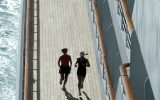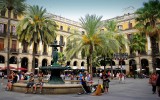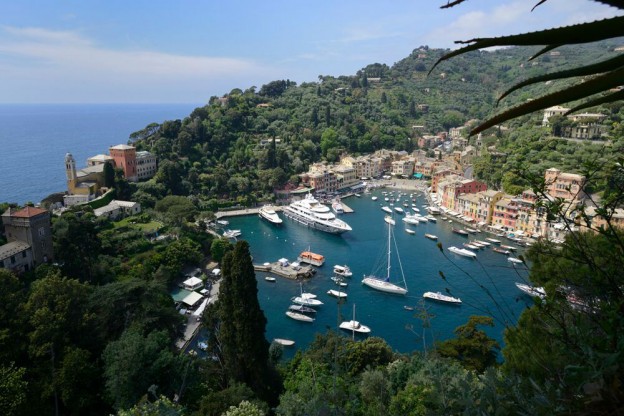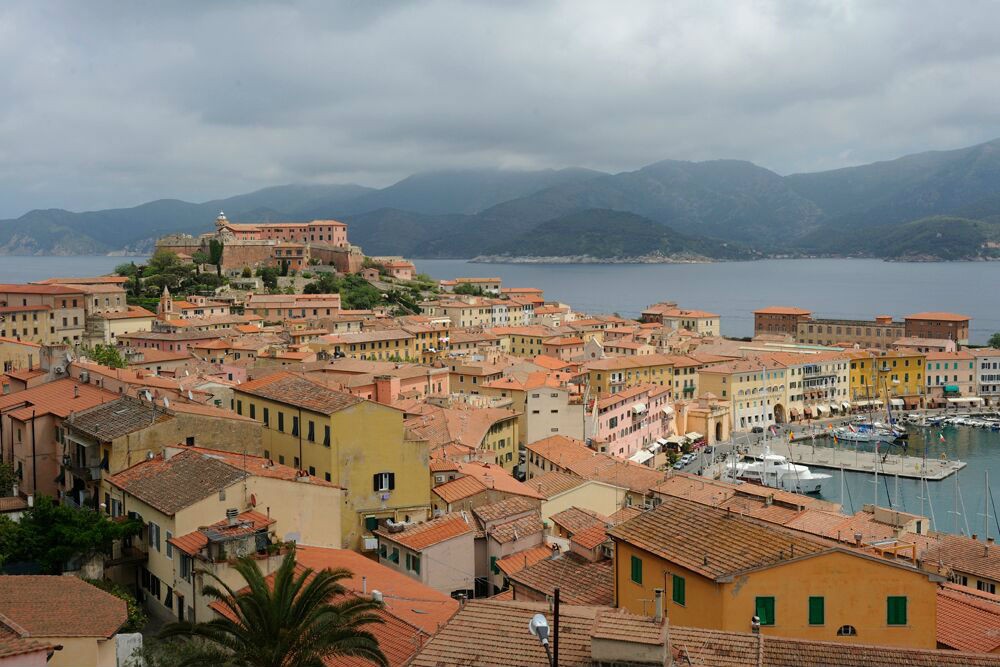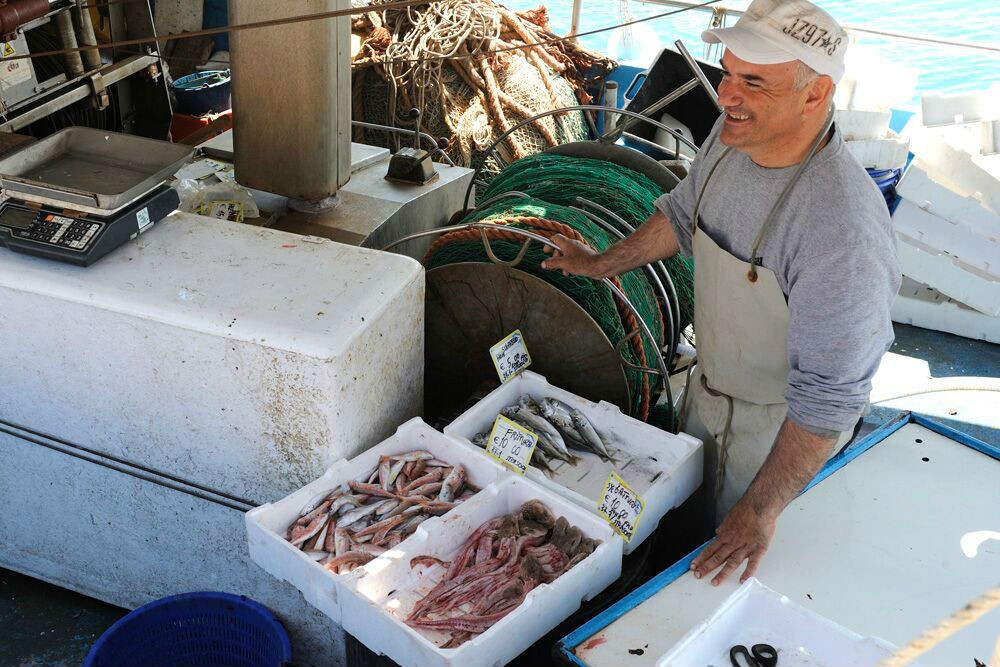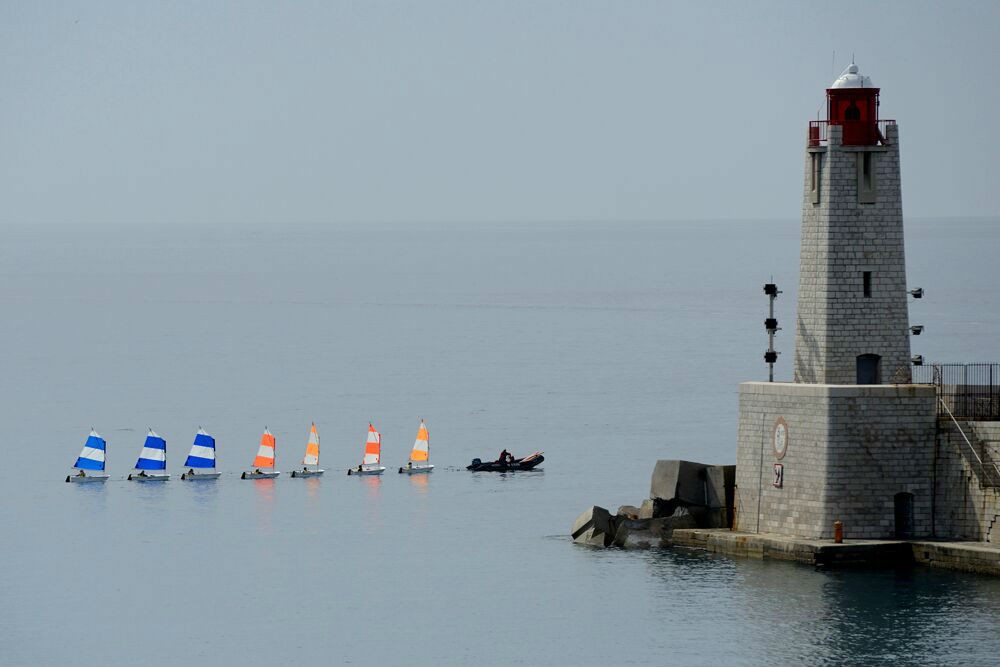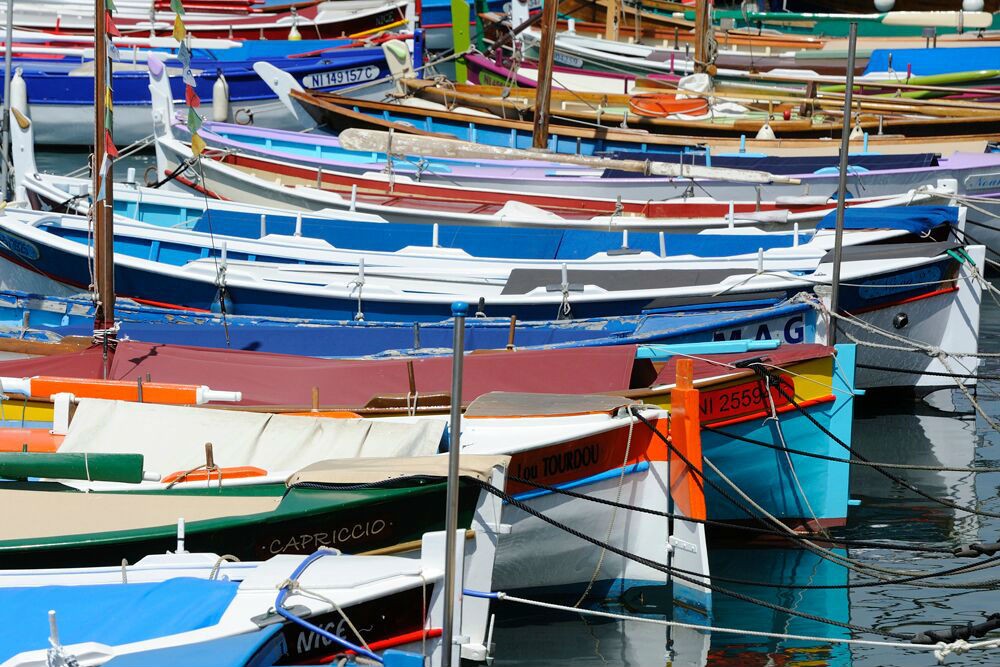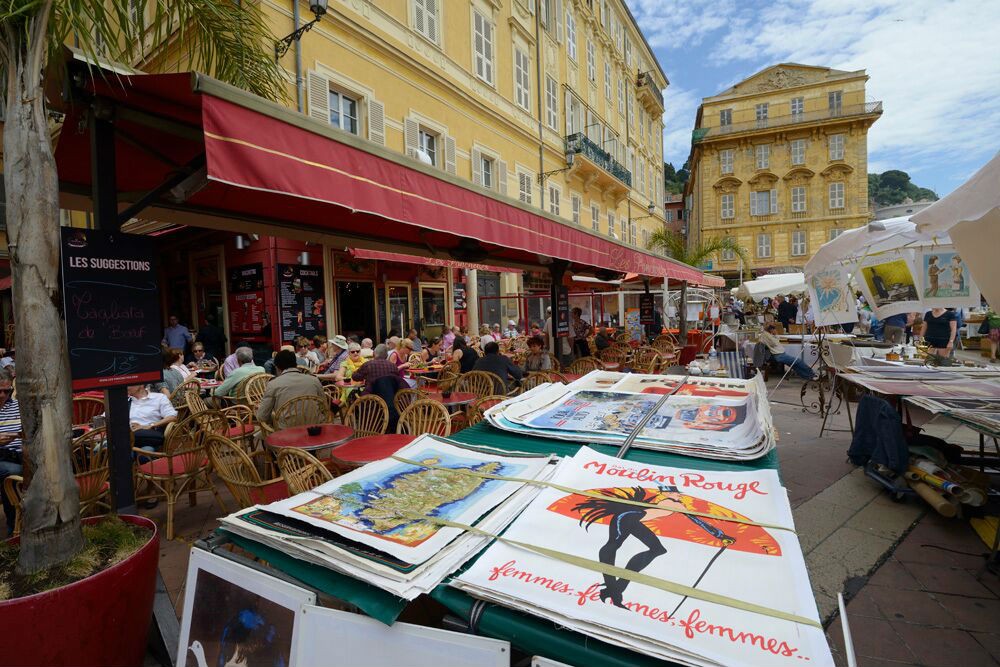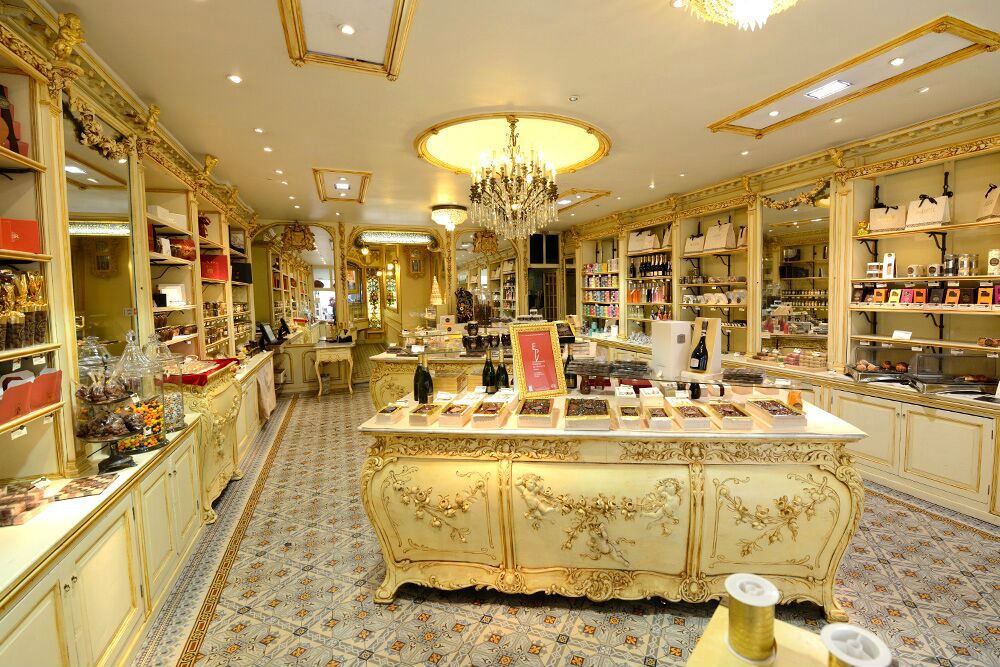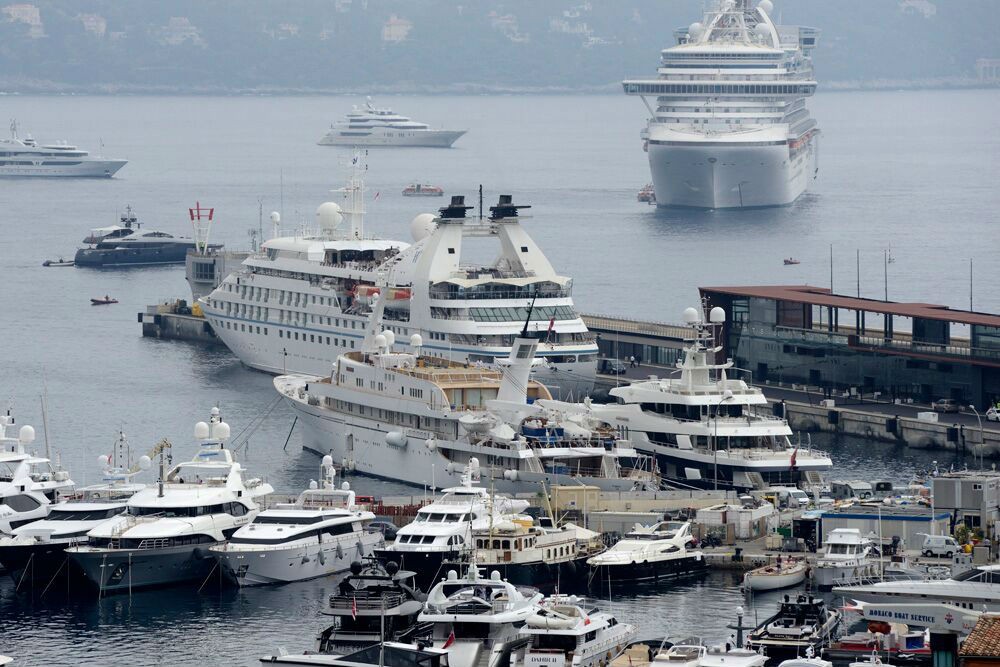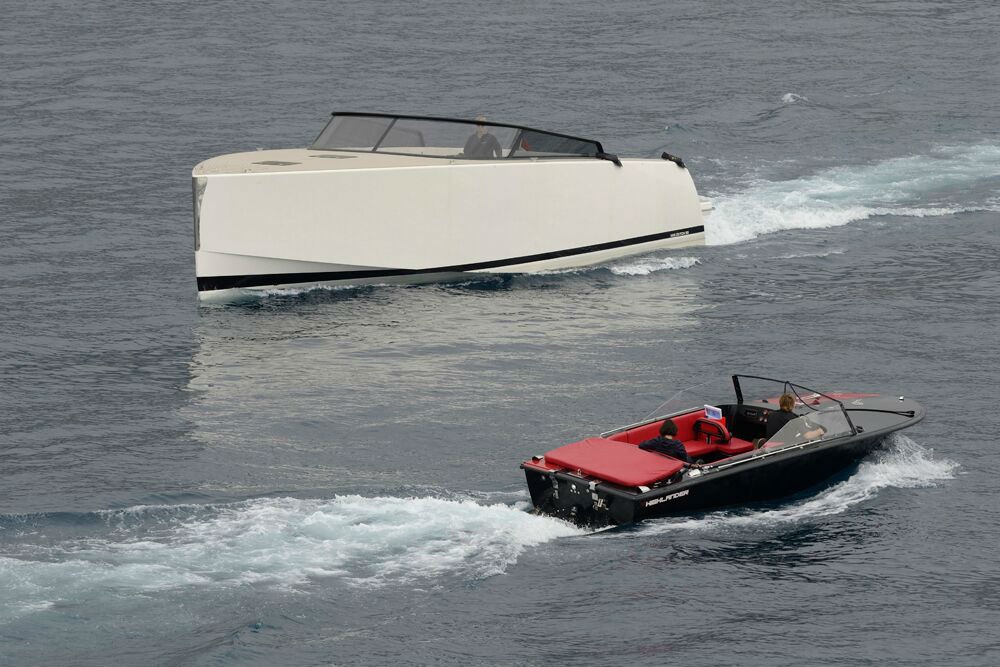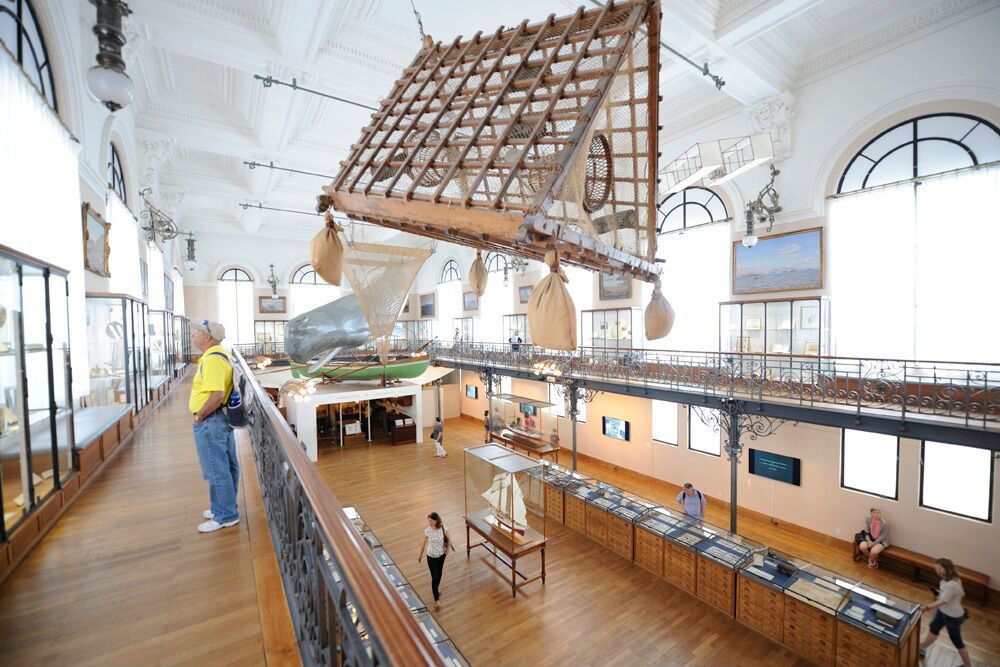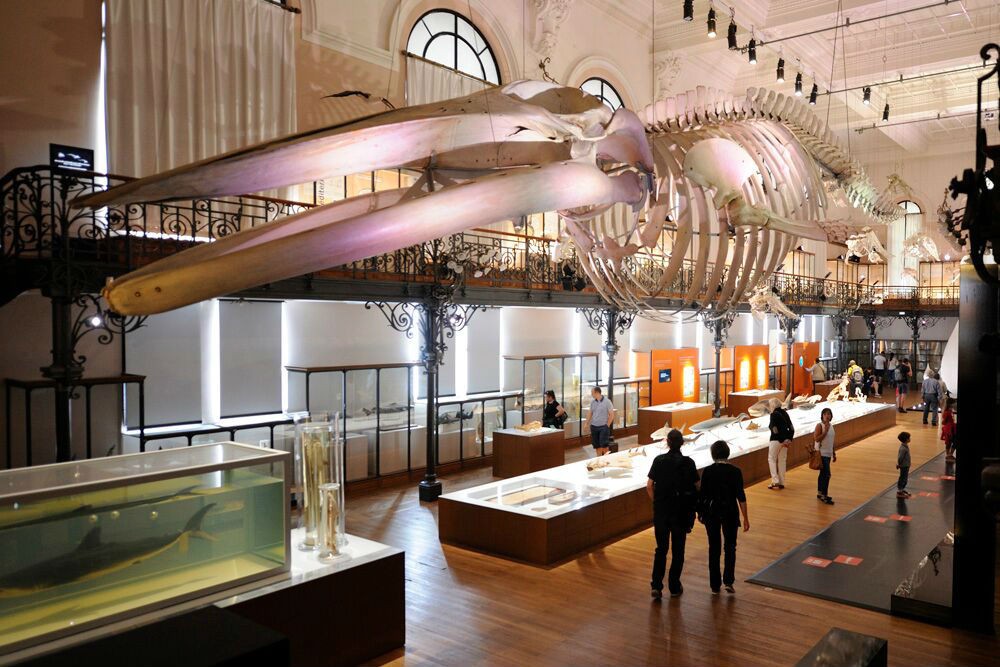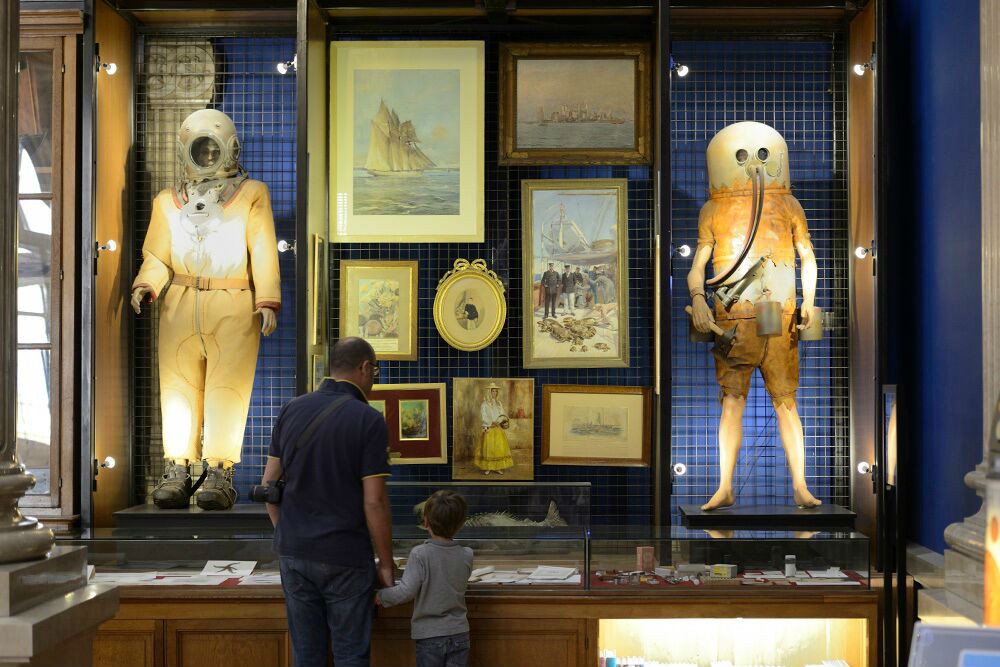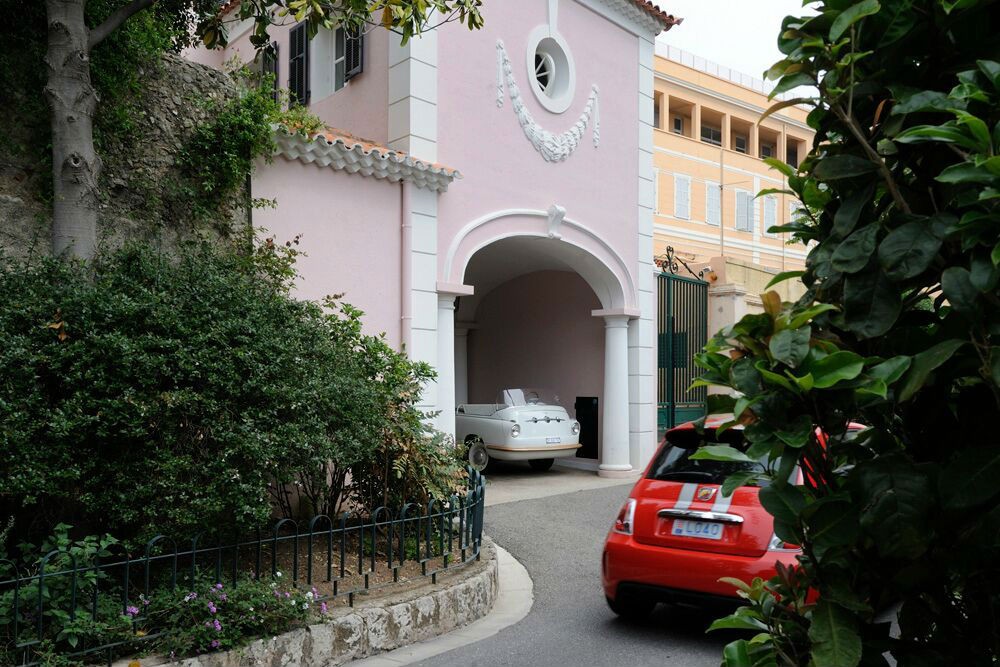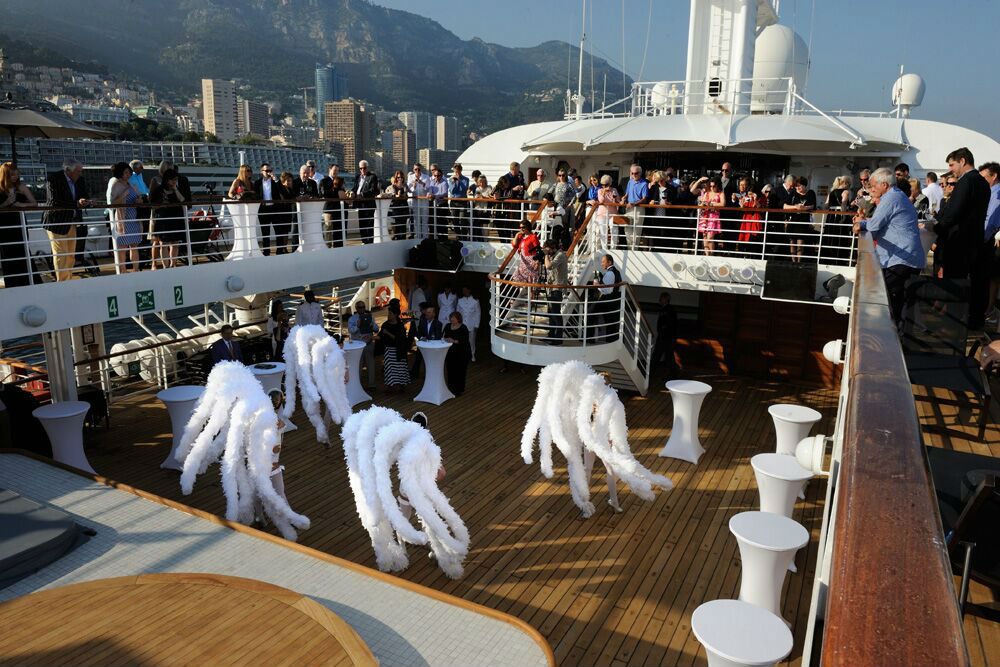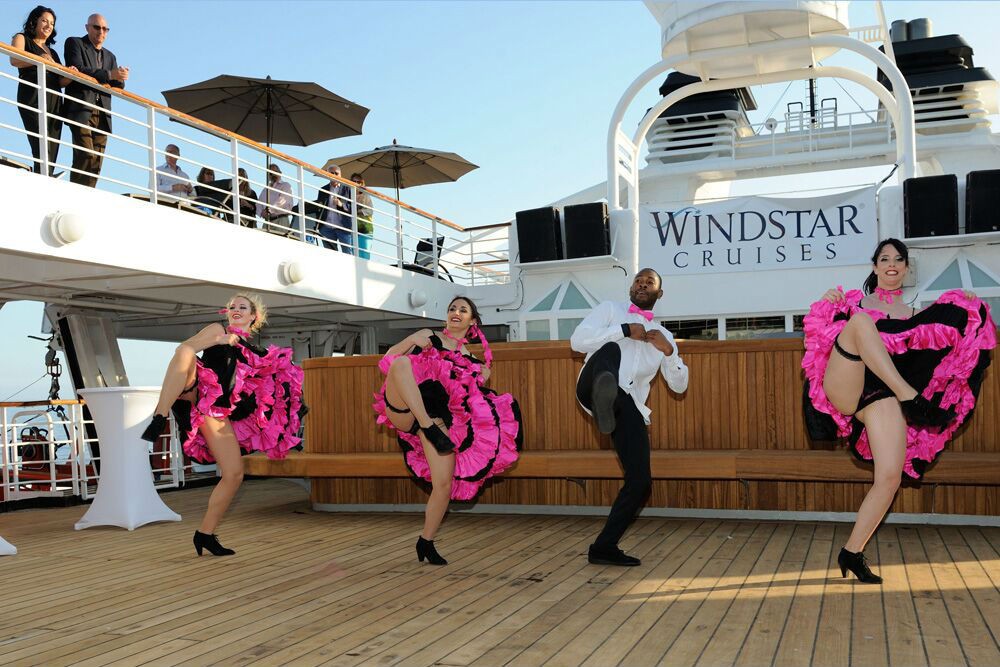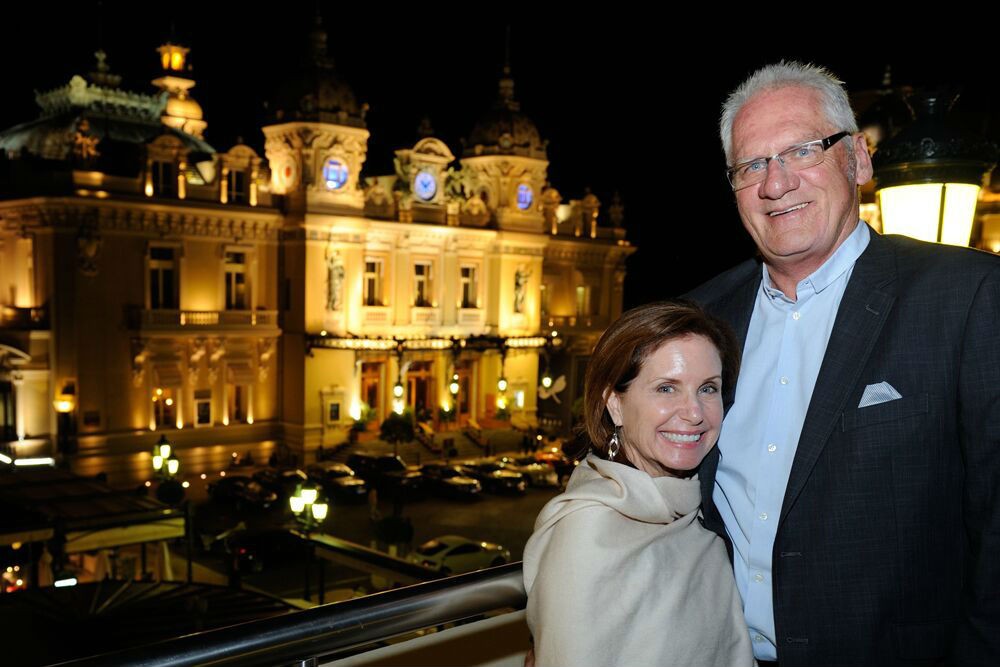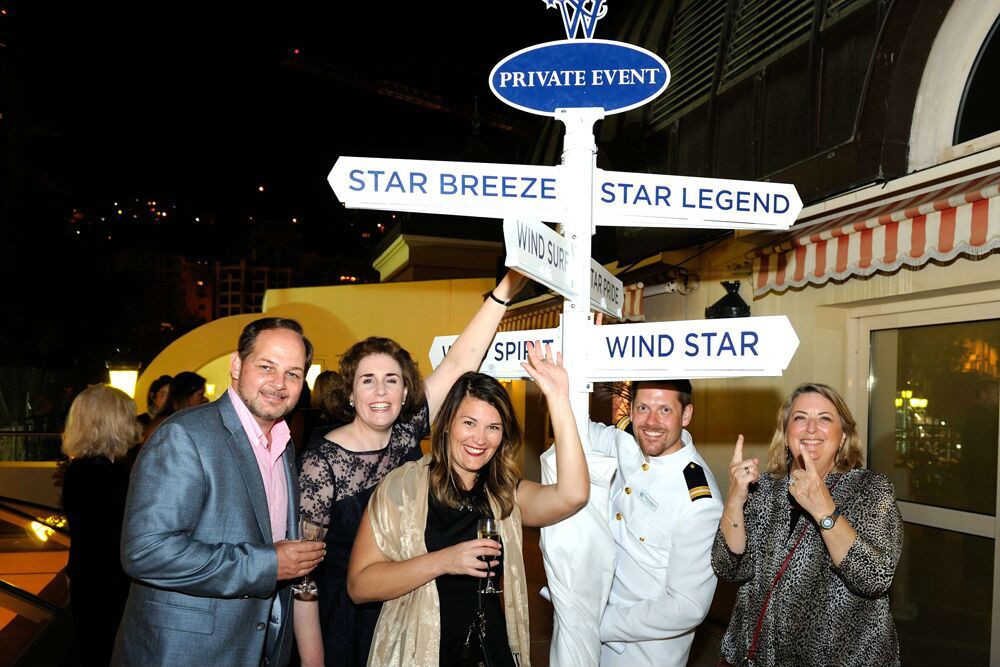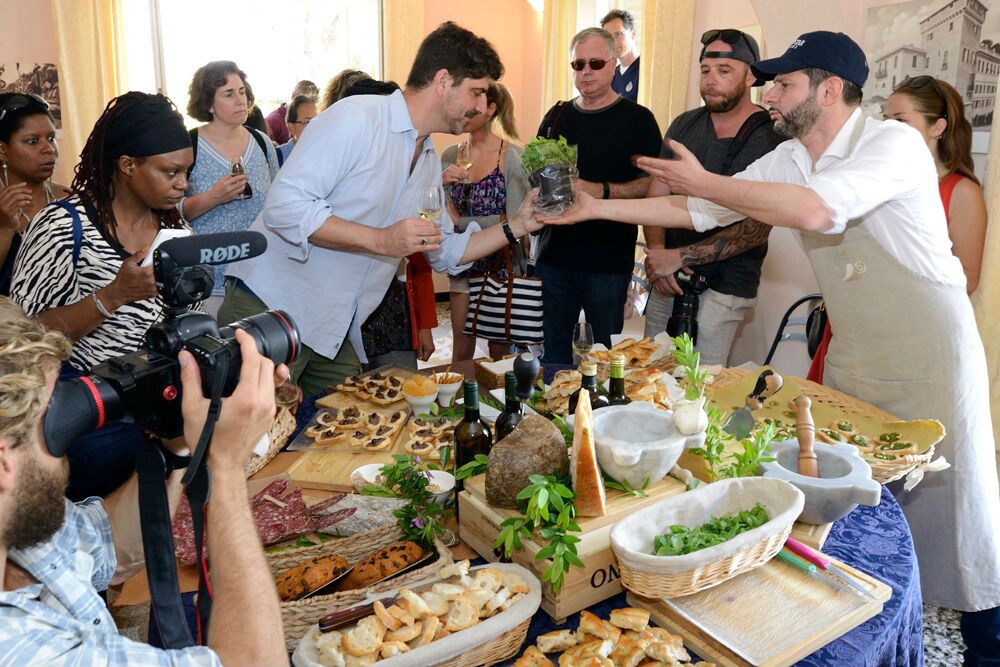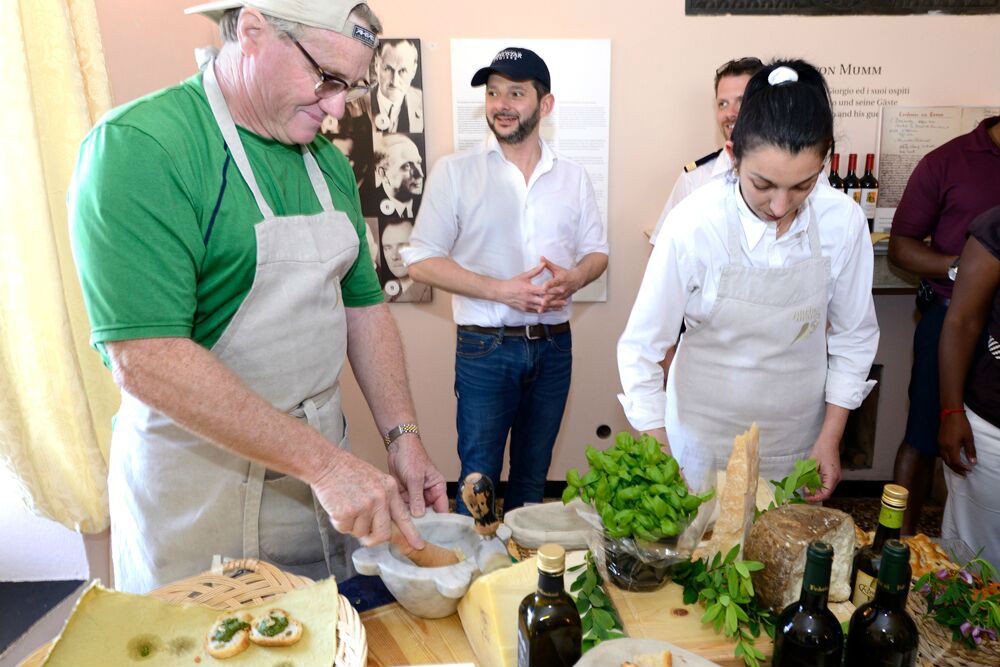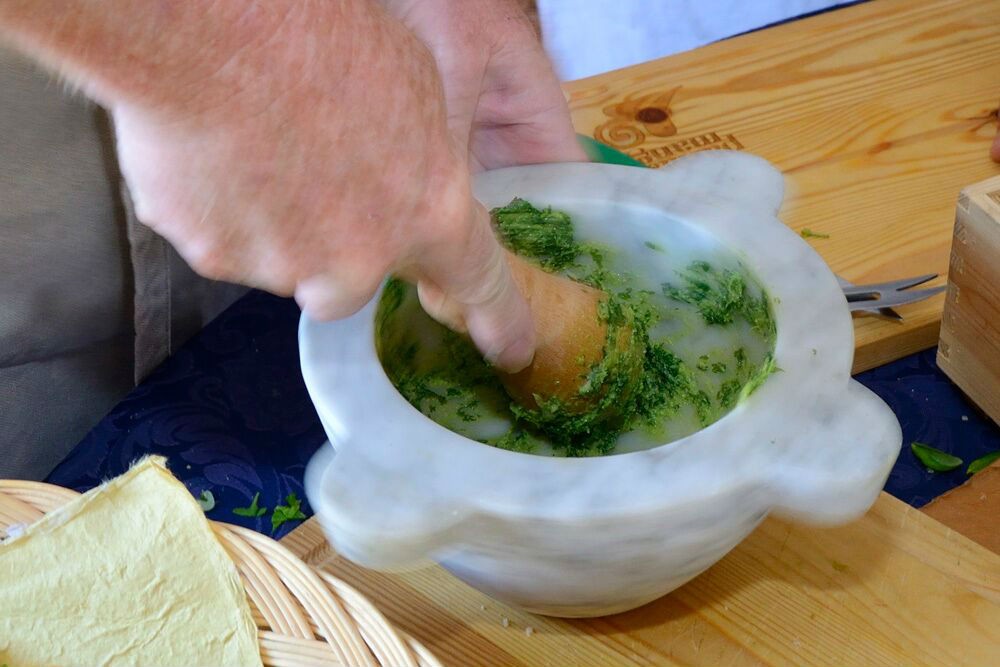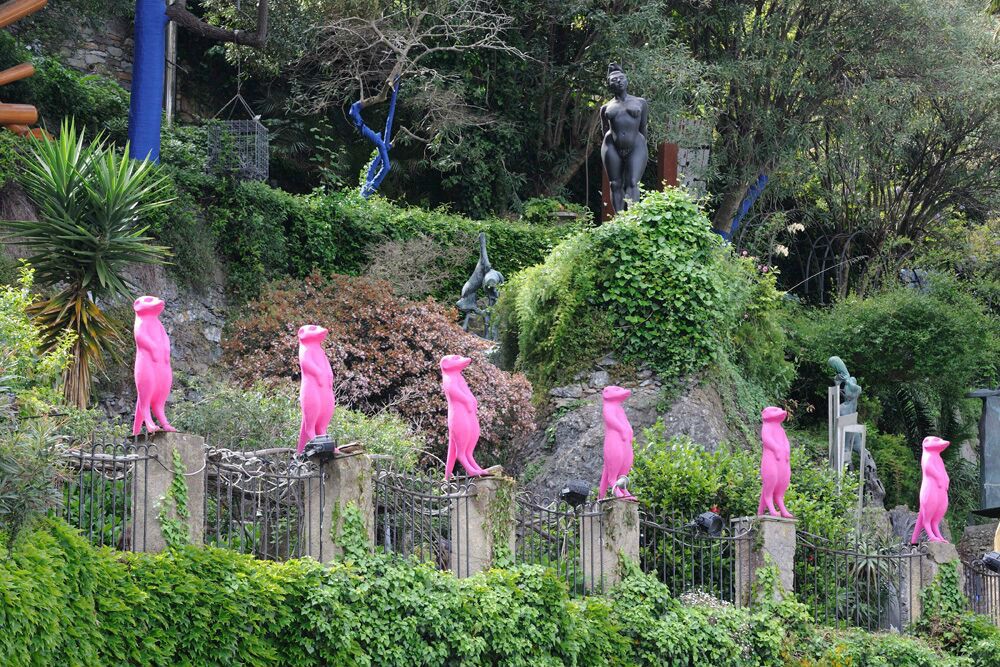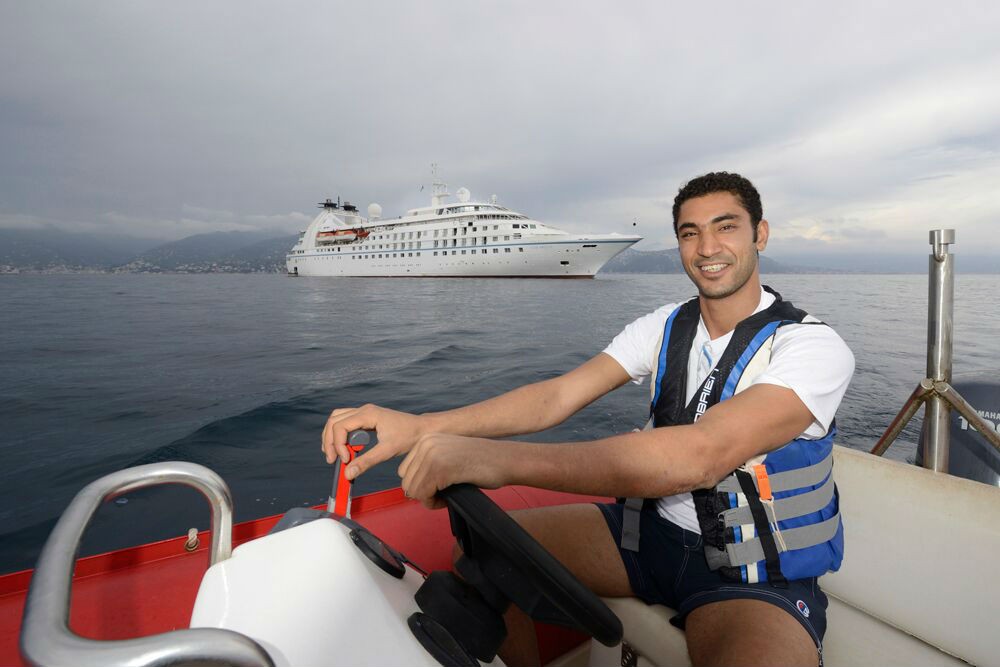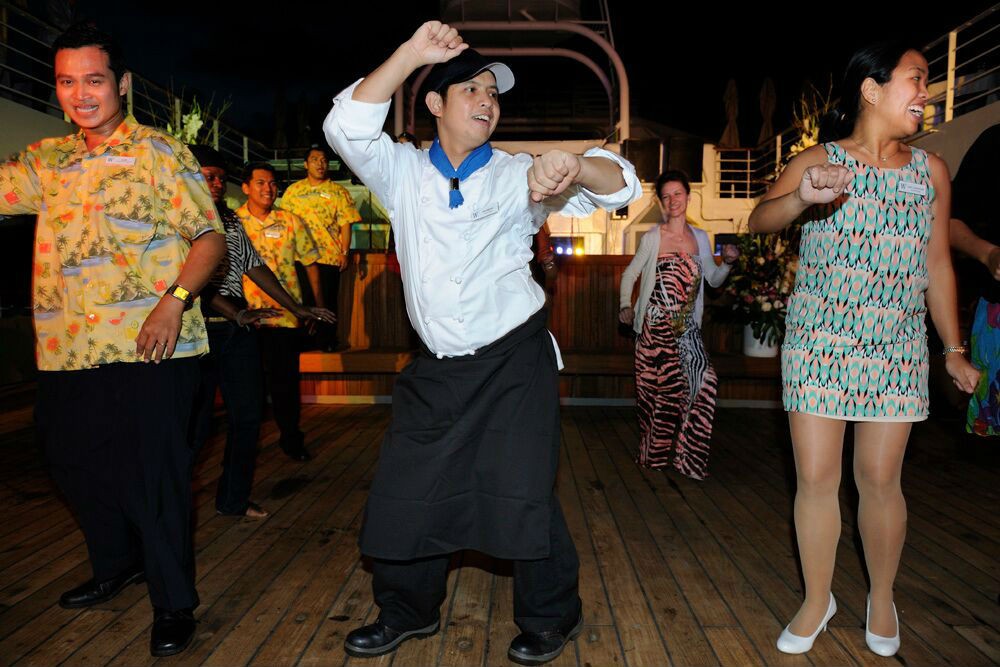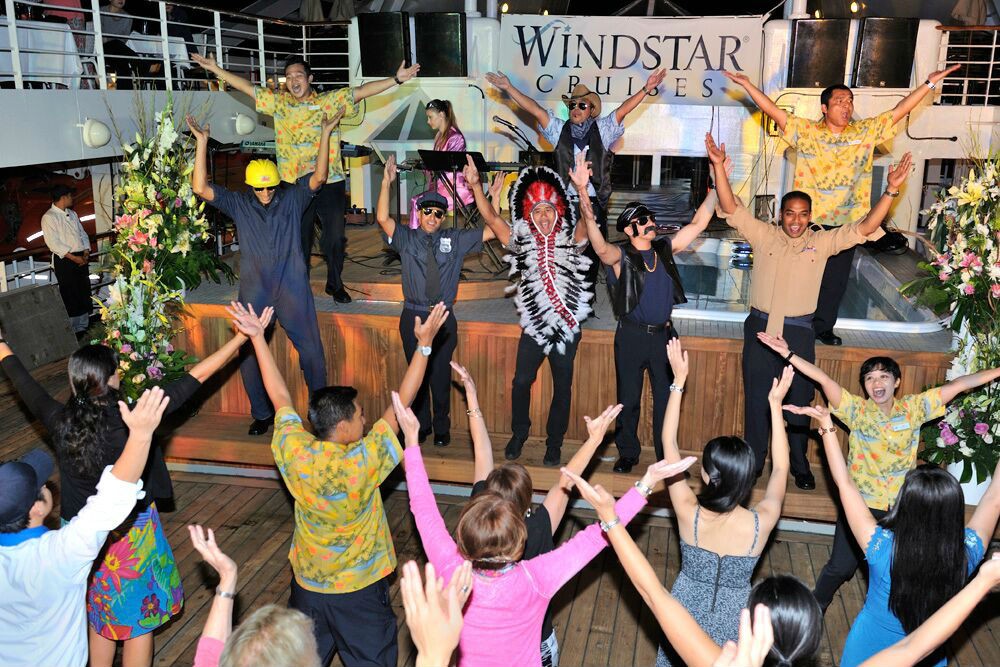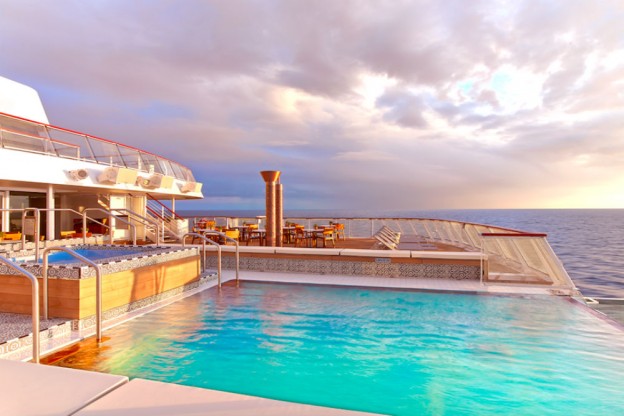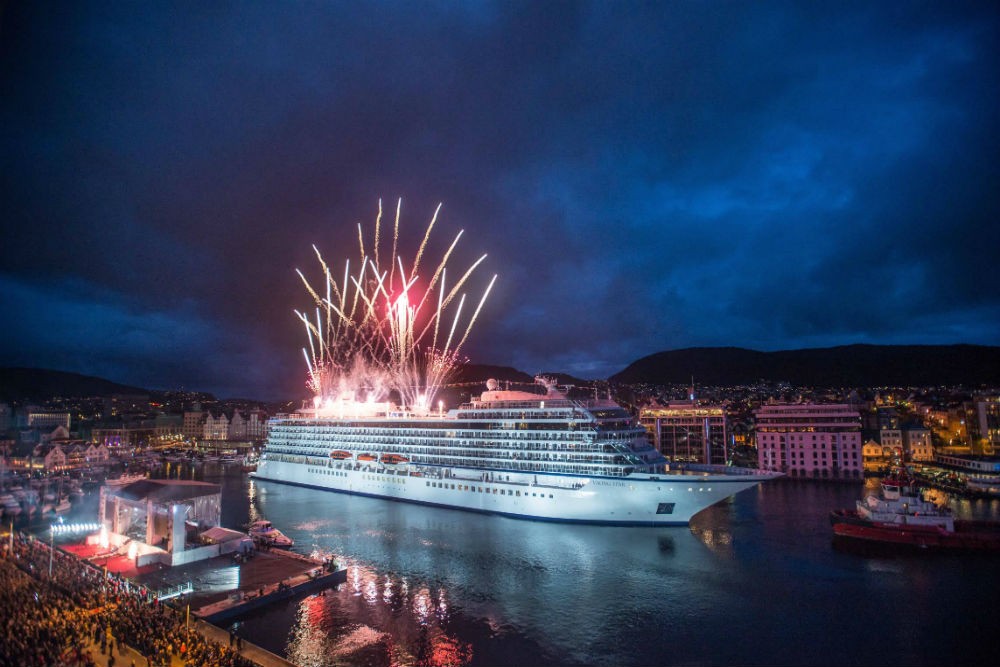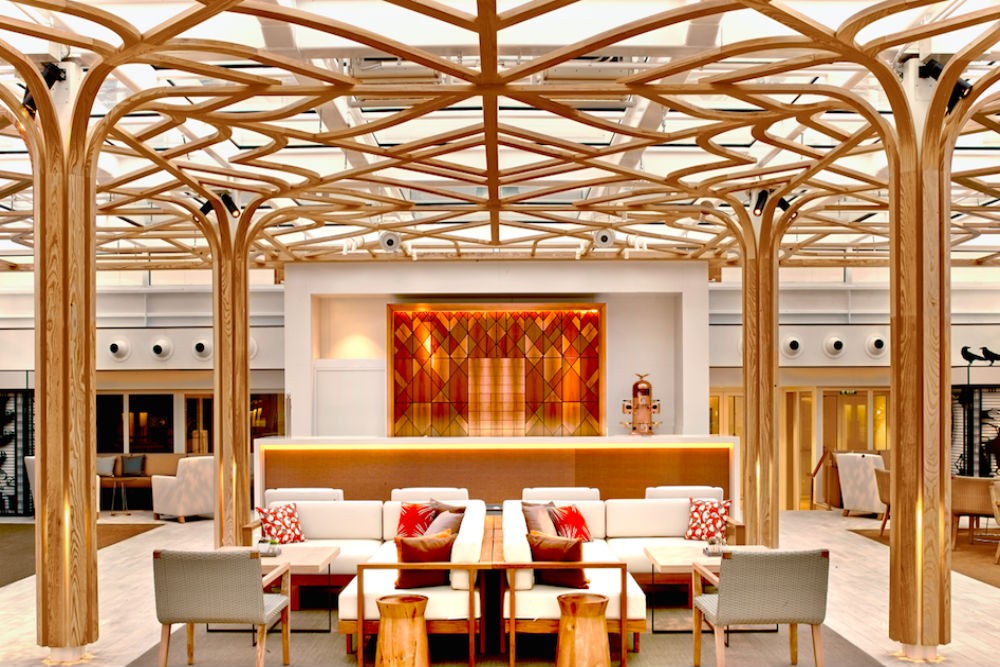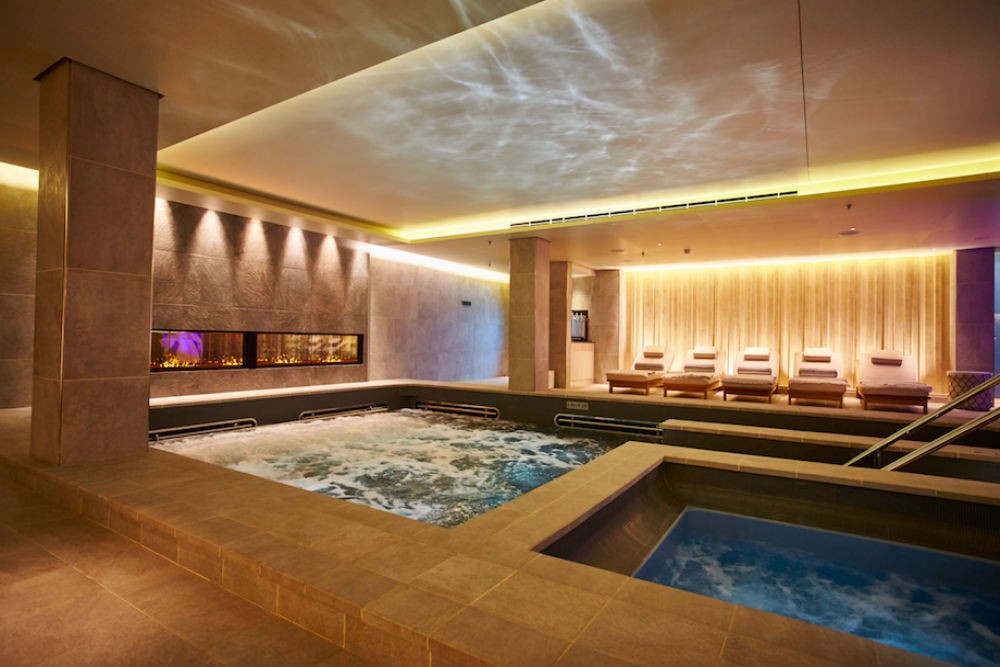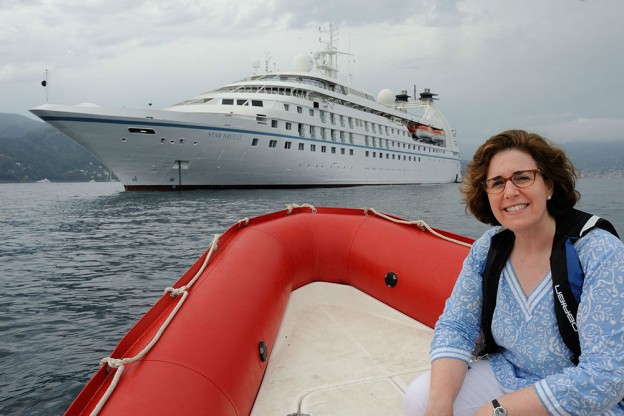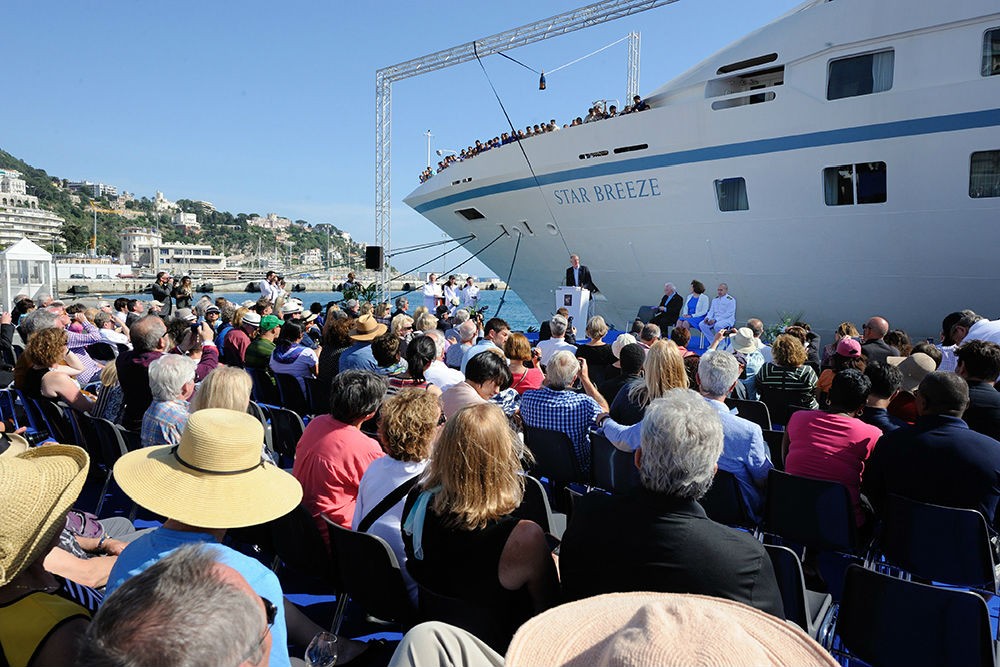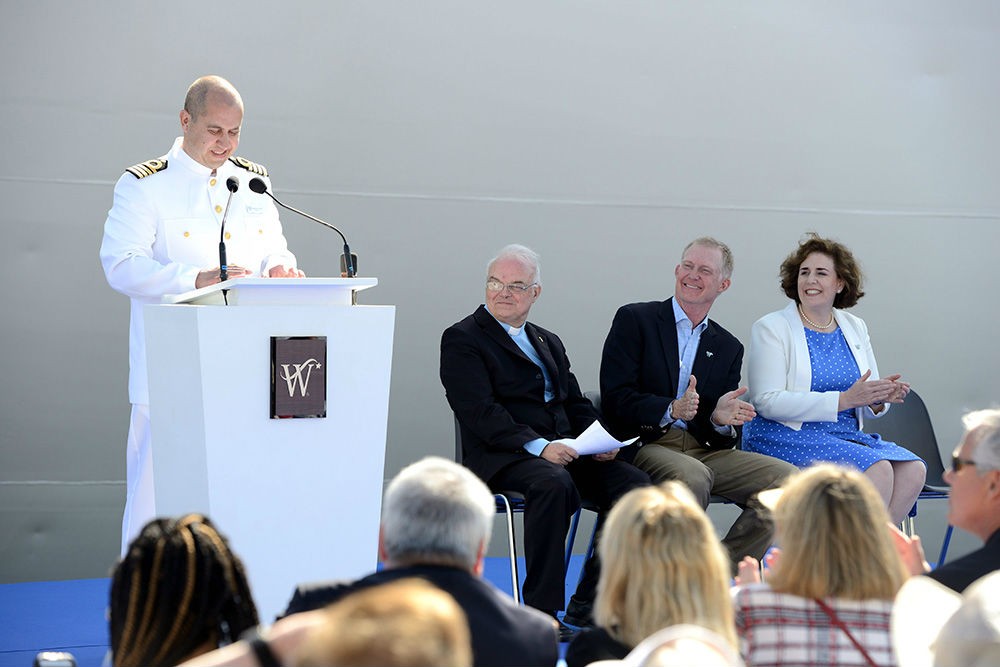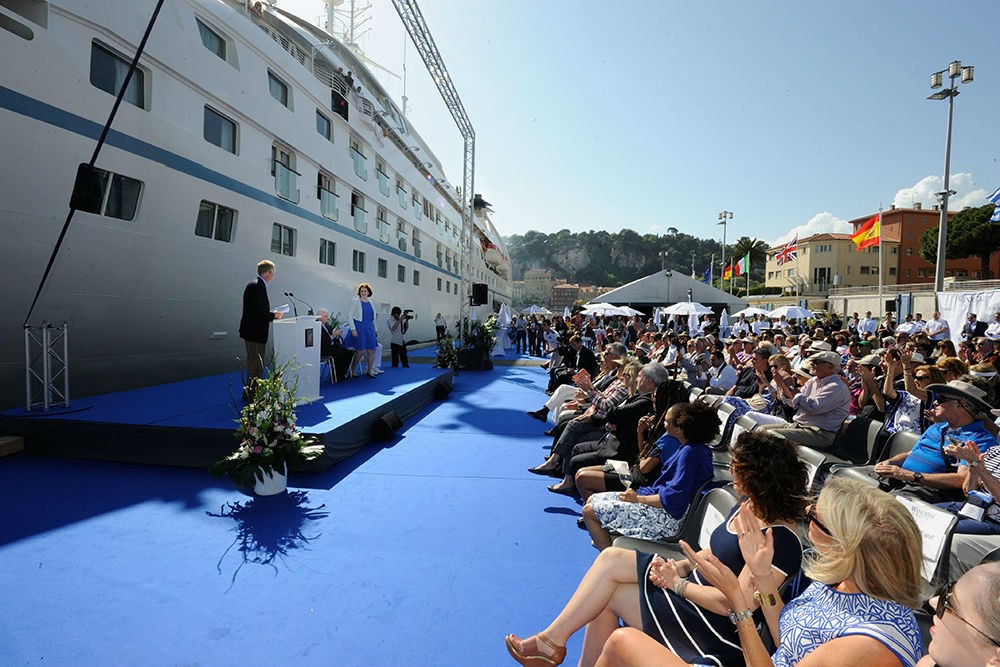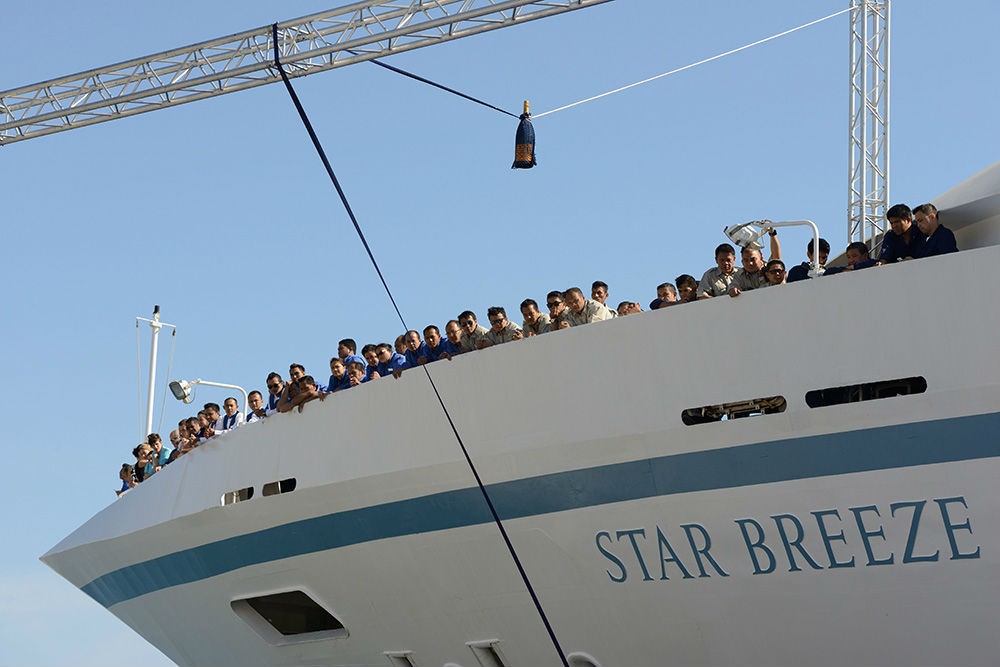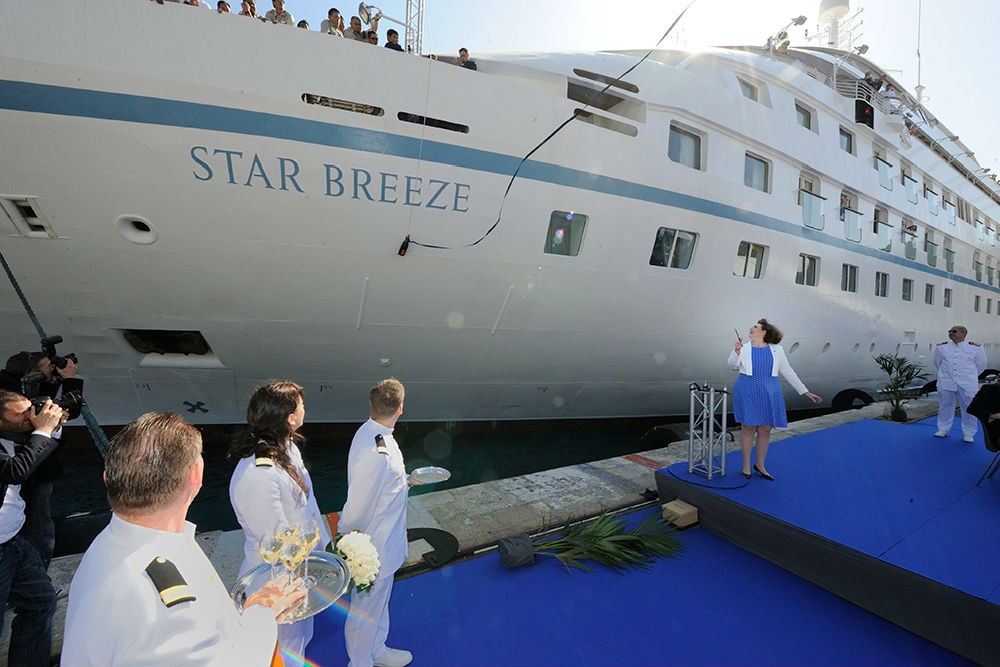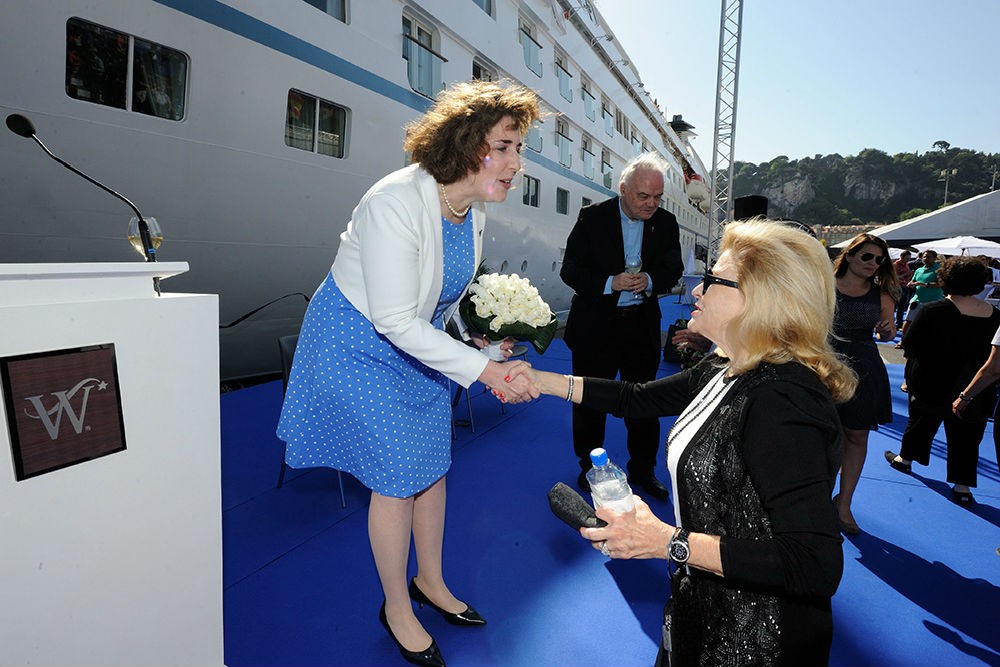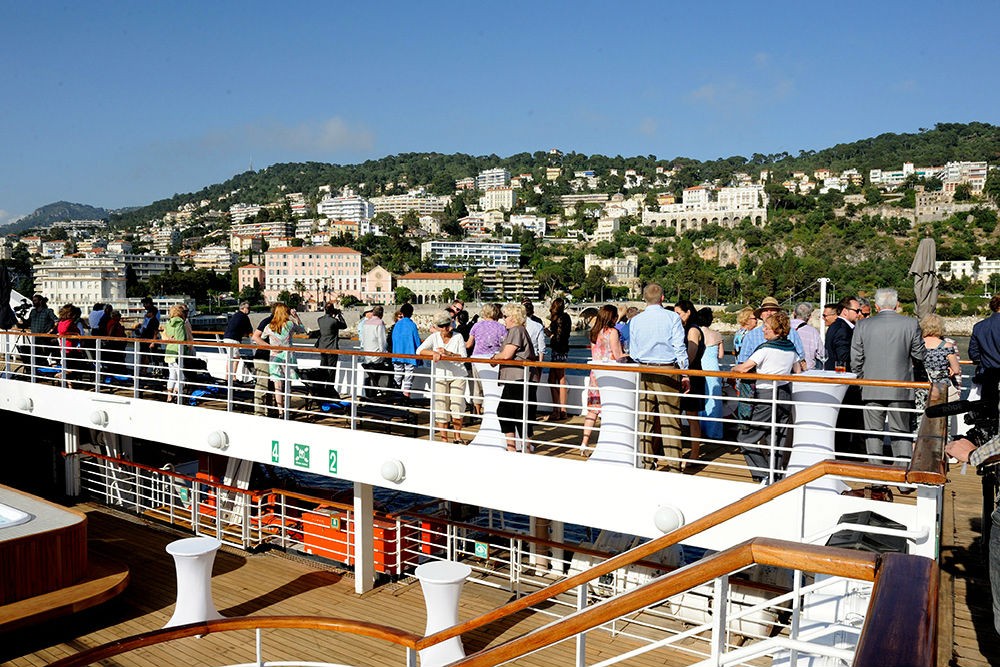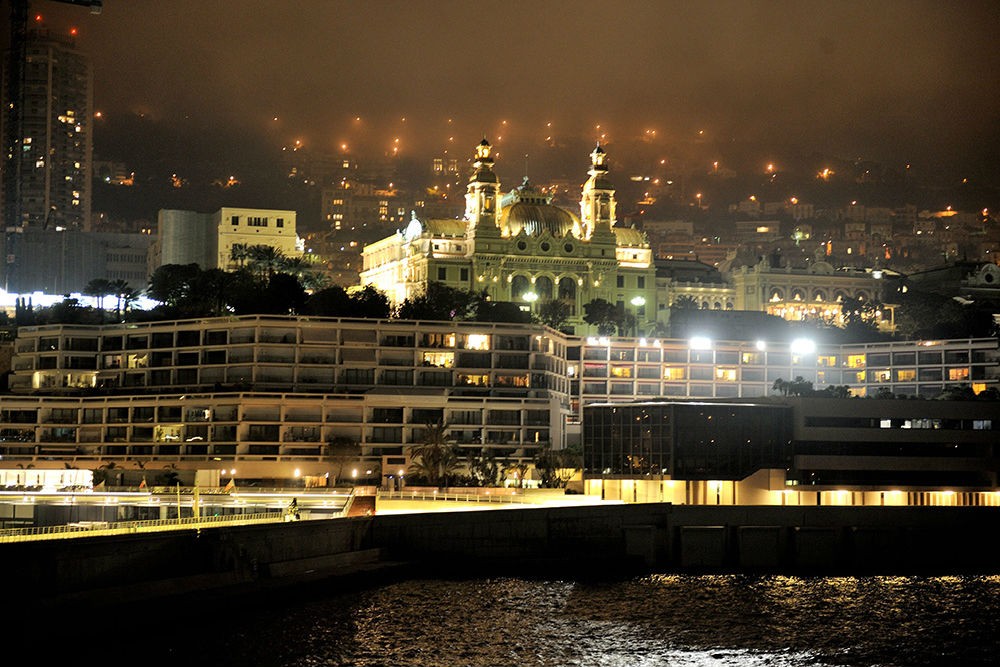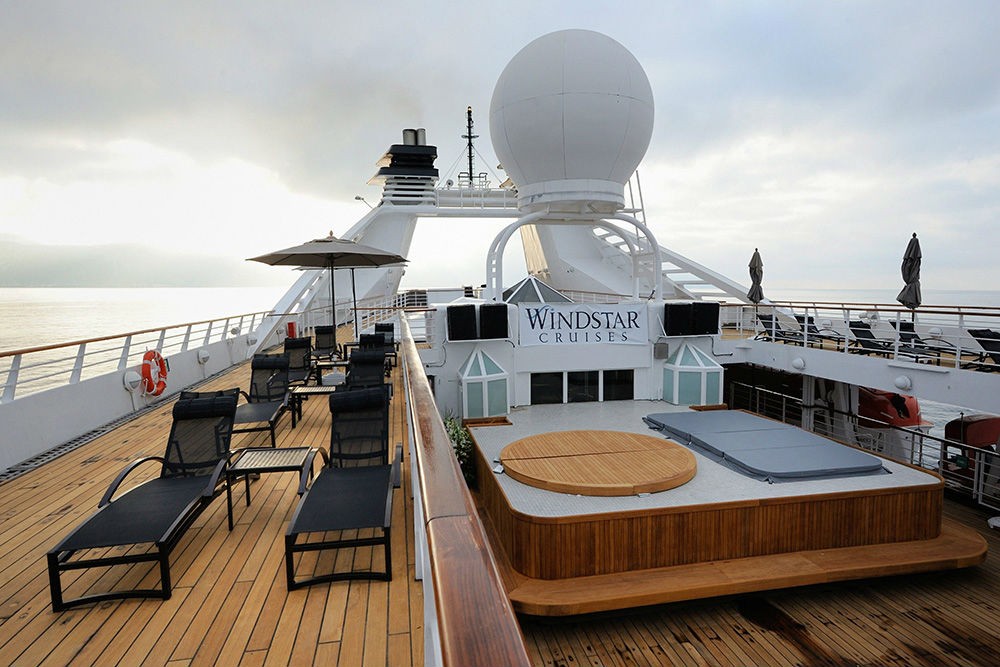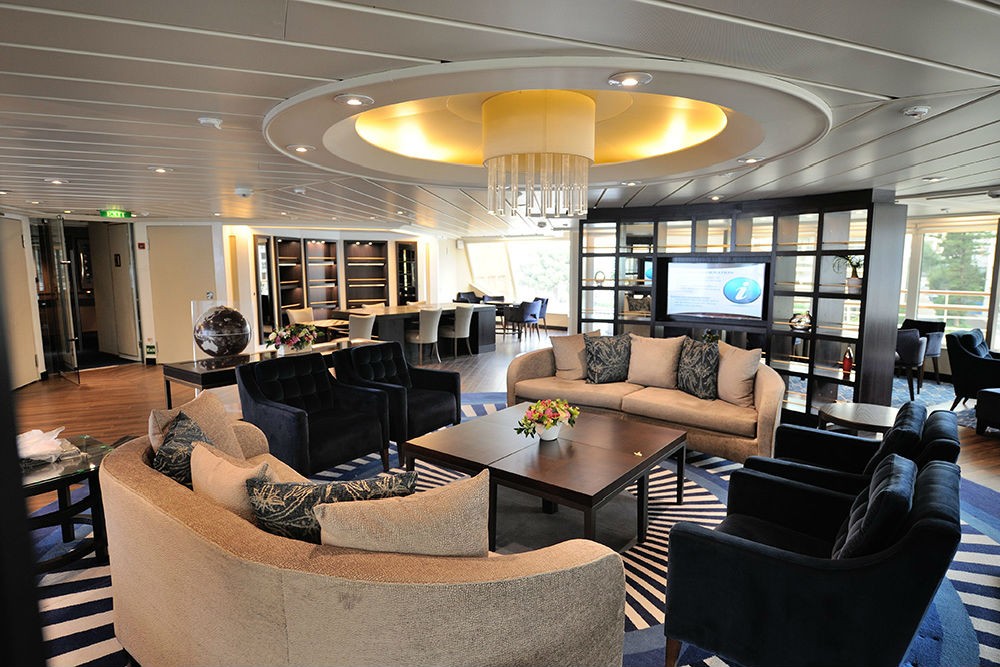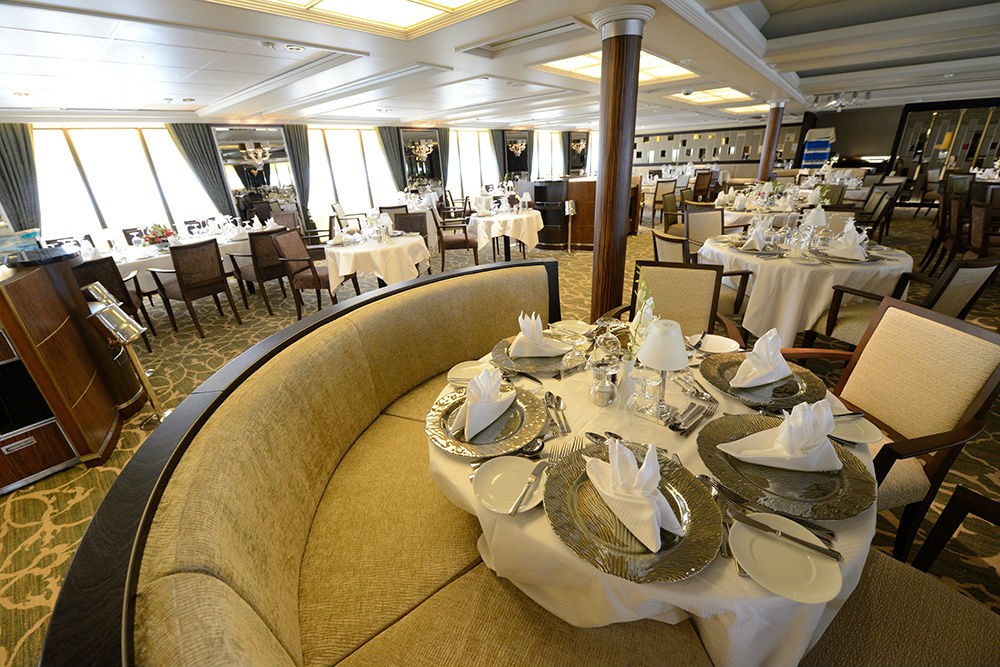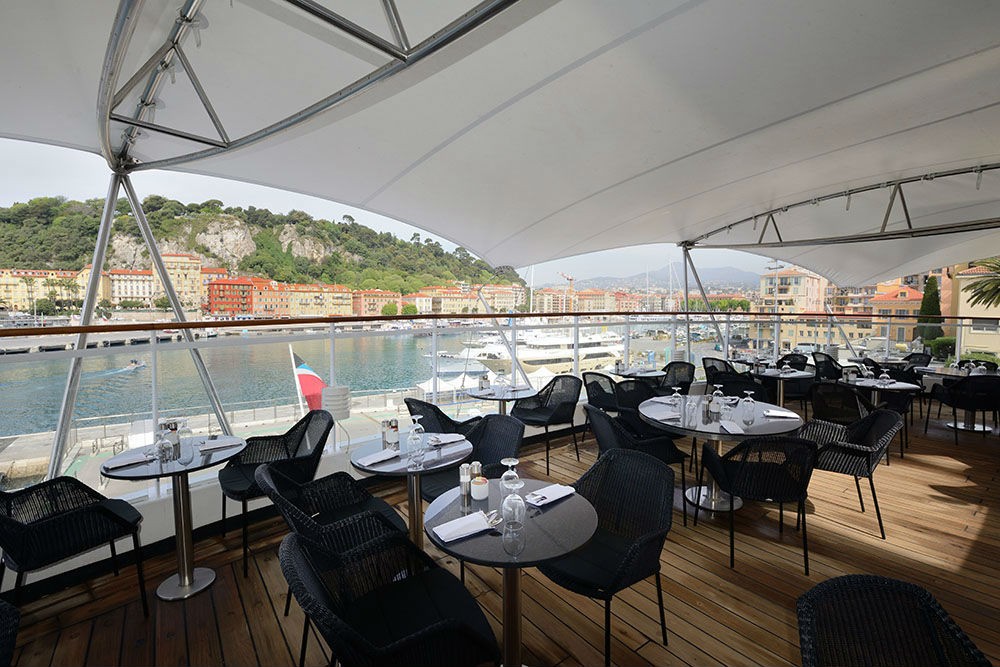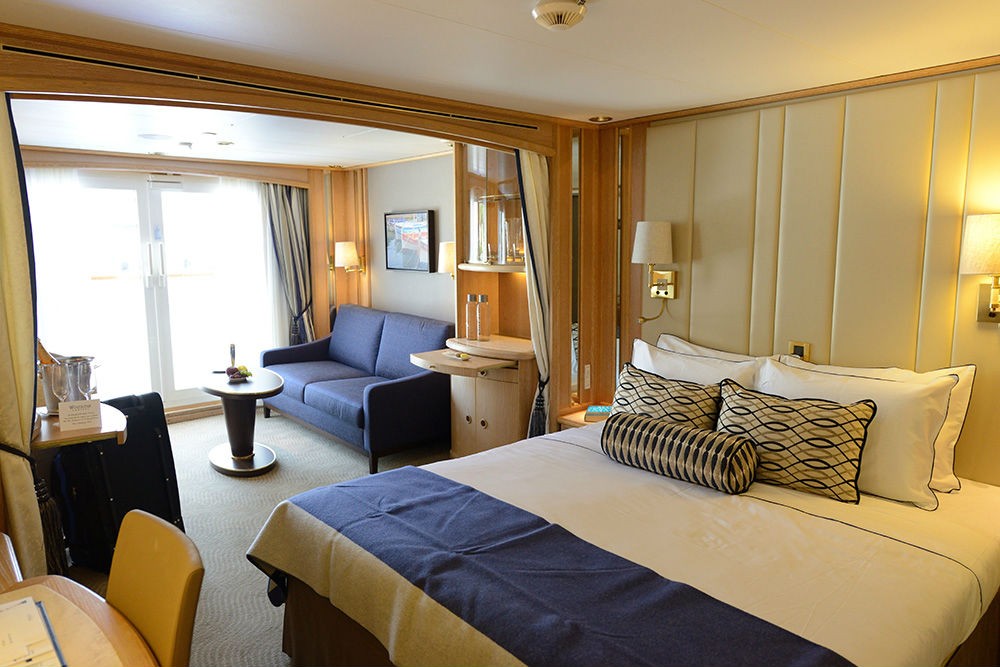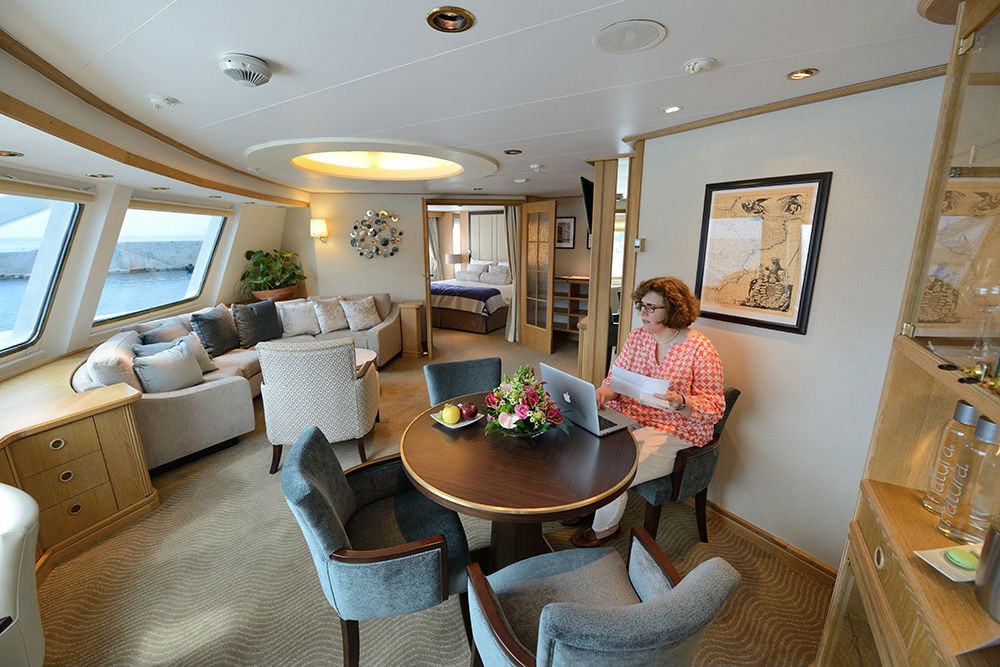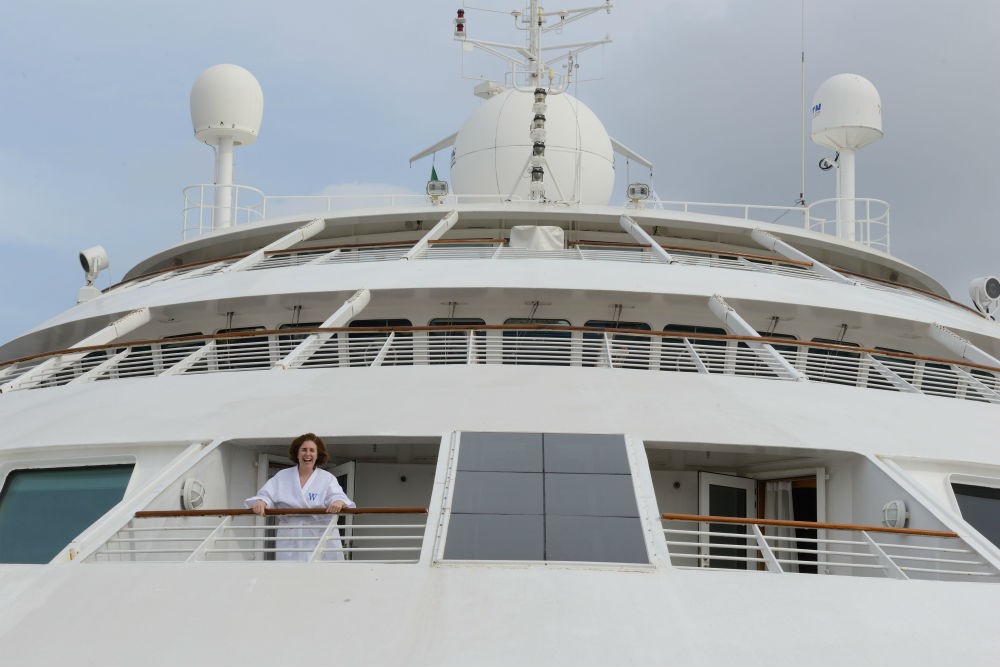One of the best things about chronicling cruise travel over the past 20 years has been watching the industry morph from a sedate and somewhat sedentary form of travel—in which dining times were assigned and bus tours were about the limit of sightseeing—to there’s-a-cruise-for-every-traveler-out-there. Seriously, there really is, no matter if you’re more inclined to chill on a beach in the Caribbean, mix with locals in the Mediterranean, or go mountaineering along the ridges of Antarctica.
Of all the changes that have occurred in cruise travel, the one I love the most is this: Cruises have become one of the most healthy and active ways to travel.
Does that surprise you? Whether they offer ocean-going and family-friendly ships, riverboats, or expedition vessels, cruise lines have worked hard to focus on a balanced approach to travel, and I’m sharing some of my favorite ways they’re doing this, below. But by no means has the industry taken away the fun of indulging on your vacation. Sure, you can take a decadent cruise and return home with the freshman 15 lb. weight gain—but you no longer have to.
New wave dining
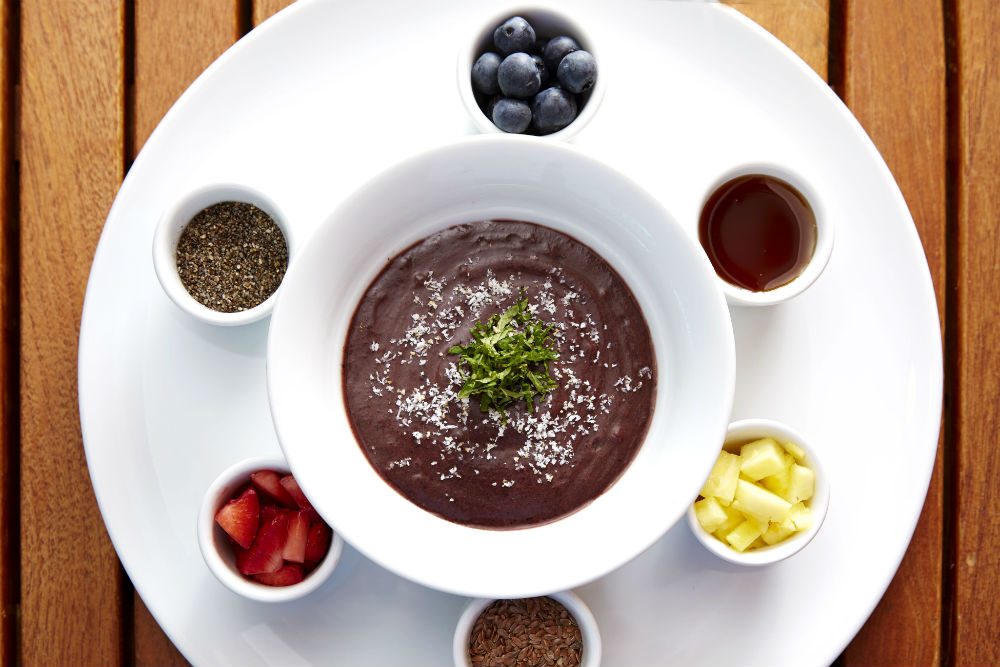
The menu items at cruise ship restaurants, like açai bowls at Celebrity’s AquaSpa Café, are getting healthier. Photo: Celebrity Cruises
Cruise lines, from big ships to small, are increasingly focusing on fresh cuisine by adding lots of fruit and vegetable items—at all meals— and creating menus for followers of heart-healthy, gluten-free, vegetarian, vegan (and even raw food, at least on one cruise line) regimens. They are also developing menus based on the regions their ships are cruising in, and using local ingredients whenever possible.
Look for: Buffets on cruise lines like Crystal, Viking Ocean, and Holland America make it easy to nosh strategically, with lots of fresh fruits, sushi, and salads. I love Celebrity’s AquaSpa Café not just because it’s good for you, but also because its menus are so delicious (Carnival and Royal Caribbean also have their own takes on spa cafés). At lunch and dinner, Viking Ocean is featuring local menu items inspired by itineraries. And some lines even go beyond—plating a meal to actually help you find a regimen that you can take home with you. Interested? Check out Oceania Cruises’ Culinary Center, which offers courses on healthy cooking, and Seabourn, via its partnership with noted mind-body guru Dr. Andrew Weil, for lessons on inflammatory foods.
Maintaining fitness regimes
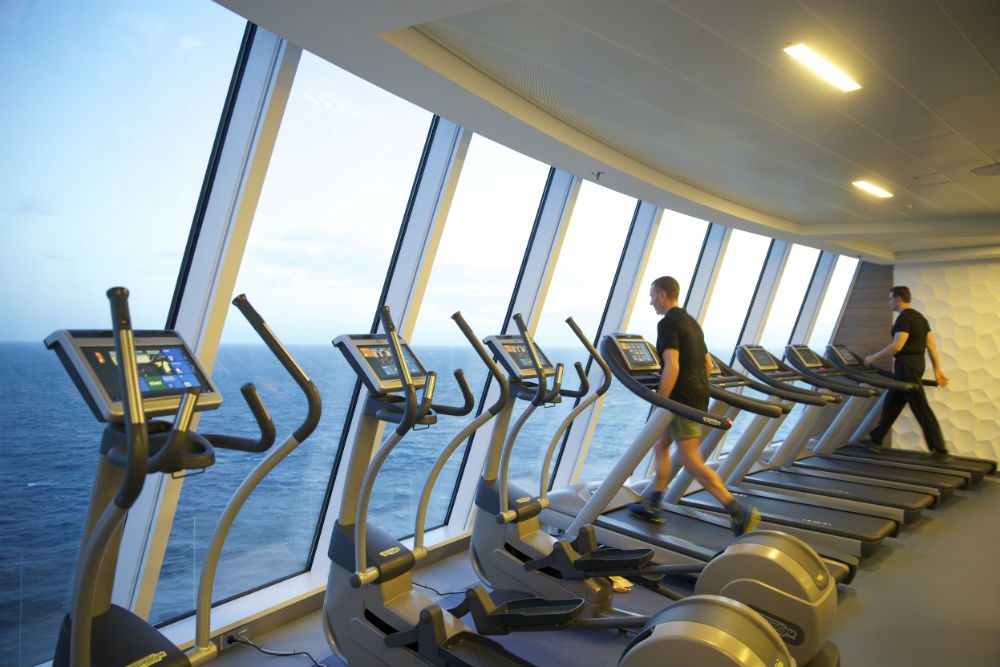
Cruise ships now offer large gyms with up-to-date equipment. Photo: Royal Caribbean
If you’re like a lot of us, you don’t want to wreck all the hard work you’ve done at home to get and stay fit, just because you’ve gone off on vacation for a little while.
Look for: When Viking Ocean Cruises (the line aimed at passengers 55 years of age and up) debuted in 2015, it figured that not so many of its “older” passengers cared about working out. Four ships later, the line has gone back and reconfigured its small gyms to be much larger, a sign that all generations want to maintain some level of fitness while traveling. Indeed, just about every ocean line has a gym with free weights, exercise bikes, TRX Suspension systems, tai chi, boot camp, and more. They offer fitness classes too, in yoga, Pilates, stretching and spinning. You can even book time with personal trainers to develop your own new fitness regimen. Typically, the bigger the ship, the larger the fitness facility; Royal Caribbean’s Oasis and Quantum classes of ships have masses of space for all the usual equipment, and then some.
River cruising’s unique fitness challenges and solutions
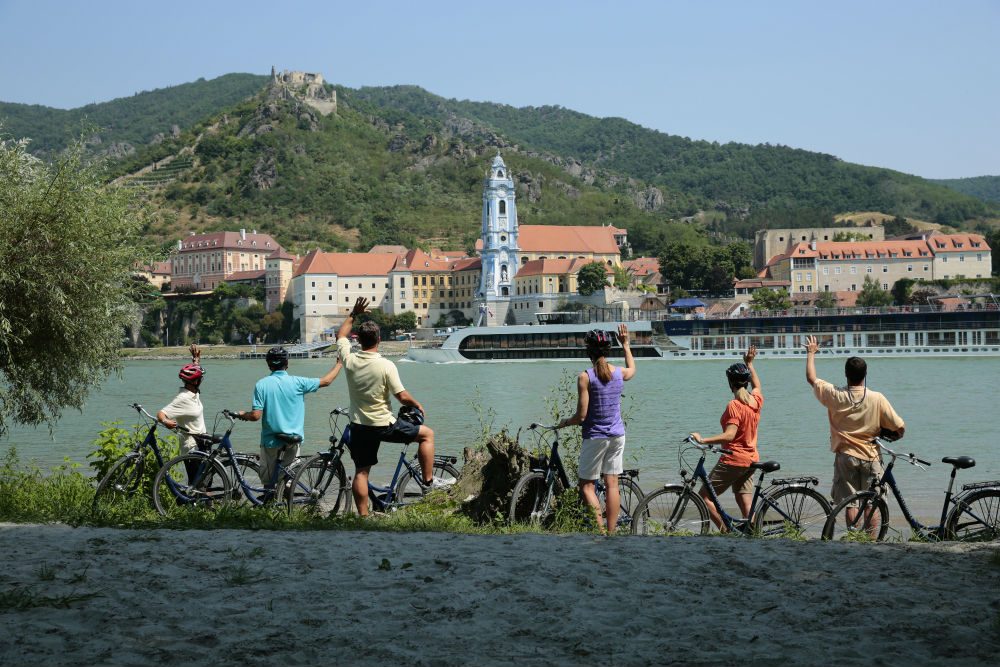
AmaWaterways was the first river cruise line to offer passengers bikes to use in ports. Photo: AmaWaterways
On riverboats, which rarely carry more than 200 passengers, room for fitness is necessarily limited. As a result, companies have gotten a bit more creative about incorporating fitness into the cruise experience. Some, it’s true, have small fitness centers tucked away in a couple of cabins that have been converted for the job, others have tiny pools. But the real success has been creating opportunities to be active either onboard—or in port.
Look for: AmaWaterways, which was the first line to stock bikes onboard that passengers could use for treks in port, has been a river pioneer. It’s teamed up with Backroads, the tour operator that specializes in hiking, walking, and cycling travel, to provide intensive active trips along Europe’s rivers. Many other lines have followed AmaWaterways’s lead, and now stock bikes on board; these include Uniworld and Crystal. On Avalon’s Active Discovery on the Rhine itinerary, you can choose a hiking, cycling, or jogging tour in every port of call. Scenic was the first line to offer electric bikes for use in ports, and Uniworld started the Nordic walking stick craze.
Mind-body matters too
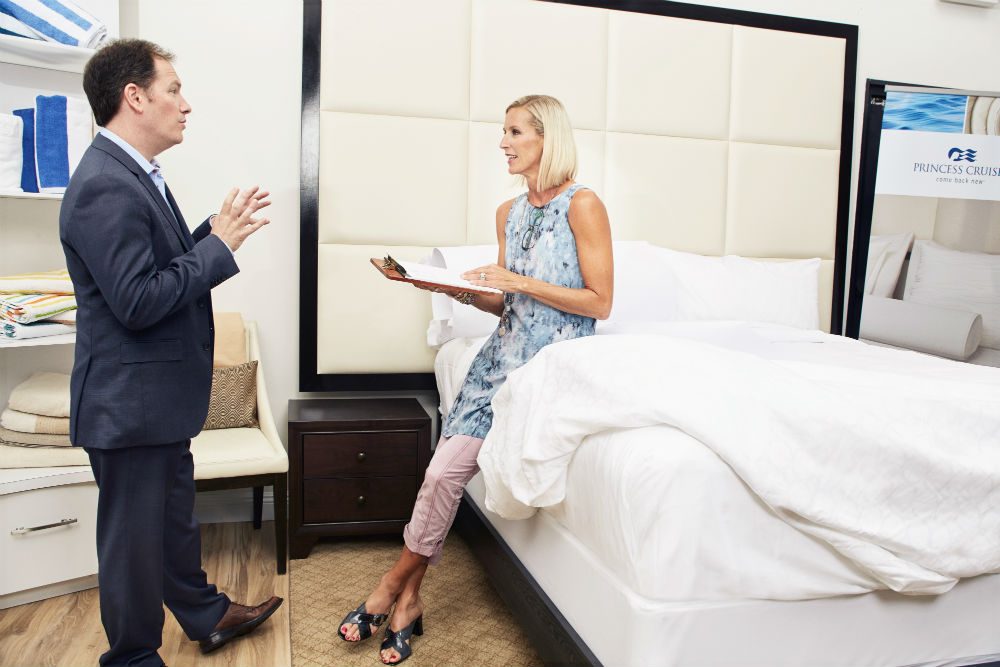
Sleep expert Dr. Michael Breus and HGTV’s Candice Olson designed the Princess Luxury Bed. By 2019 every stateroom in the Princess fleet will have one. Photo: Princess Cruises
Spas have been an integral part of the cruise industry for well more than a decade now. What’s new is that cruise lines are going beyond the facility and its treatments (facials, massages and the like) to incorporate lifestyle activities that help you stay balanced long after your vacation.
Look for: I love AmaWaterways’ new Wellness Program. Offered on select river voyages, the program is meant for travelers who want a pretty active regimen and appreciate the camaraderie that comes with being with like-minded enthusiasts—discussion groups, on topics ranging from eating to relaxation, are also part of the experience. Seabourn’s partnership with Dr. Andrew Weil blends active workouts with experiences that emphasize wellness from physical, social, and spiritual environments. Princess Cruises is betting big that simply getting a good night’s rest is a great path to health; it has unveiled its Princess Luxury Bed across the fleet (I tried it, and it was so great I bought two for home).
And here’s possibly my favorite way to cruise: Being active in ports
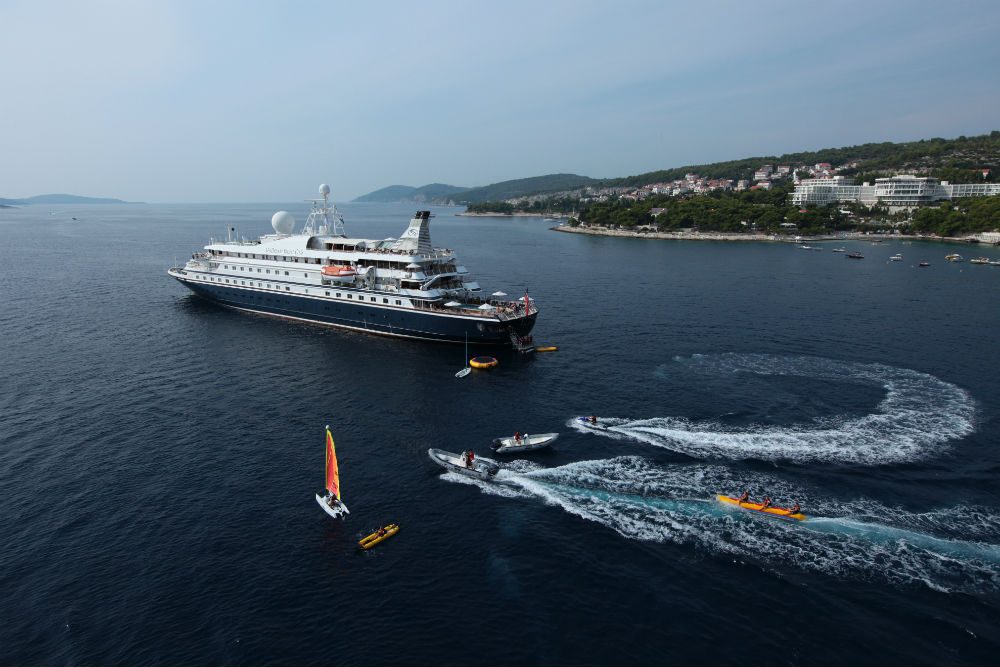
SeaDream cruises offer water sports right off the back of the ship when it’s in a port like Hvar, Croatia. Photo: Sea Dream
Choose your itinerary wisely. If your idea of a great way to explore a port of call is via bicycle, kayak, snorkeling, scuba diving, cross-country skiing, zip-lining, hiking, or sailing, exciting itineraries often focus on regions such as Hawaii, Alaska, Central America, Antarctica, the Mediterranean, French Polynesia, Australia and New Zealand, the Caribbean, and the Galapagos. If you particularly enjoy watersports, look for cruise lines whose ships feature watersports platforms, allowing you to access all the key toys, including WaveRunners, right from the aft of your ship. Lines that excel include SeaDream, Crystal Esprit, Windstar and Ponant.
For more on staying active at sea, see Cruise Critic’s list of the Best Cruises for Fitness and these Tips for Eating Healthy on a Cruise.
Carolyn Spencer Brown is Editor at Large for Cruise Critic, the leading site for cruise reviews and information, as well as the largest forum for cruise fans. She’s been taking cruises for decades and has amassed an extensive and impressive knowledge of the specifics of ships, lines, itineraries, policies, and ports. You can follow Cruise Critic on Facebook, Instagram, and Twitter, and also follow Carolyn herself on Instagram (@carolynspencerbrown) and Twitter (@CruiseEditor).

